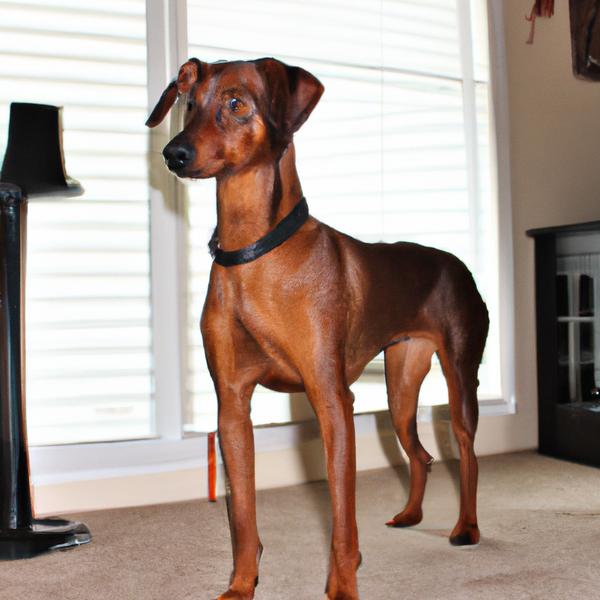Kashon vs. Patterbea: Breed Differences and Similarities
Hypoallergenic
Are Kashons or Patterbeas hypoallergenic, or neither?
While no dogs are truly 100% hypoallergenic, Kashons are about as close as it gets, making them an ideal pet if you are an allergy sufferer.
Unfortunately, the Patterbea is not hypoallergenic, making it not a good choice for a dog lover who suffers from pet allergies.
Temperament
What are the personalities of Kashon and Patterbea dogs?
Active
Playful
Sensitive
Courageous
Intelligent
Affectionate
Gentle
Fearless
Assertive
Cheerful
Loving
Independent
Energetic
Intelligent
Confident
Friendly
Lively
Gentle
Sweet
Inquisitive
Bold
Shedding Level
Do Kashons shed more than Patterbeas, or which breed sheds more, Kashons or Patterbeas?
Kashon or Patterbea dogs are not heavy shedders, but they will lose a significant amount of hair each year. To decrease the amount of shedding, you can regularly brush your Kashon or Patterbea. This will remove loose hair and keep their coat growing in the same direction.
Origin
What is the origin of Kashon and Patterbea dog breeds?
United States
United Kingdom
Ancestry
What are the origins of Kashon and Patterbea breeds?
Bichon Frise and Cairn Terrier
Patterdale Terrier and Beagle
Date of Birth
When were Kashon and Patterbea breeds first developed?
Unknown
Nose Color Possibilites
What are the natural nose colors of Kashon and Patterbea?
Black
Black
Coat Color Possibilites
What are the natural colors of the coat for Kashon and Patterbea breeds?
Black
Brindle
Cream
Gray
Red
Silver
White
Black
White
Red
Brown
Blue
Coat Length
What is the typical coat length for Kashon and Patterbea breeds?
Kashons have medium-length coats.
Patterbeas have coats that can be either short or medium in length.
Coat Density
What is the density of the coat of Kashon and Patterbea?
Coat Texture
What is the hair texture of Kashon and Patterbea?
Wiry
Straight
Litter Size
What is the usual litter size for Kashon and Patterbea?
A Kashon can have a litter of 2-10 puppies on average. However, it's worth noting that the size of the litters can vary greatly. Factors that can influence litter size include the health of the mother, breeding history, and genetics.
A Patterbea can have a litter of 2-14 puppies on average. However, it's worth noting that the size of the litters can vary greatly. Factors that can influence litter size include the health of the mother, breeding history, and genetics.
Adaptability
Kashons are known for their adaptability and can adjust well to different environments and lifestyle changes.
Patterbeas are highly adaptable and versatile, making them excellent companions for families and individuals of all lifestyles.
Health Issues
Between Kashon and Patterbea, which breed is more prone to health problems?
Kashon and Patterbea breeds are generally considered to be healthy. However, like all breeds, they are susceptible to certain health issues and it is important to keep an eye out for them and address them with your veterinarian as needed.
Major Concerns
What are the major health concerns for Kashon and Patterbea breeds?
Cataracts
Atopic Dermatitis
Mitral Valve Disease
Craniomandibular Osteopathy
Pulmonic Stenosis
Hip Dysplasia
Periodontal Disease
Minor Concerns
What minor health issues should be kept in mind when owning Kashon and Patterbea?
Progressive Retinal Atrophy
Hydrocephalus
Shaker Dog Syndrome
Corneal Dystrophy
Legg-Calve Perthes Disease
Patent Ductus Arteriosis (PDA)
Hemophilia
Patellar Luxation
Distichiasis
Cataracts
Glaucoma
Hypothyroidism
Occasional Tests
What occasional tests are recommended for Kashon and Patterbea breeds?
Eye Examination
Electrocardiogram
Radiographs
Blood Analysis
Neurological Testing
Eye Examination
Radiographs
Blood Sugar and Thyroid Tests
Complete Physical Examination
Social Needs
Kashon vs Patterbea social needs comparison
Kashon has very high social needs and requires regular mental and physical stimulation, a job or purpose, and companionship.
Patterbea has above average social needs and thrives with interaction with humans and other dogs.
Sleeping Need
Which of the two sleeps the most/least: Kashon or Patterbea?
Kashons have moderate energy levels and typical sleep patterns of 12-14 hours per day.
Patterbeas sleep less than other breeds but still need adequate sleep for good health.
Mouthiness
Mouthiness Comparison: Kashon vs Patterbea?
Roaming urge
Kashon vs Labrador: Running away tendency?
Prey Drive
Kashon or Patterbea - which breed has a higher level of prey drive?
Activity Level
Which breed has higher energy, Kashons or Patterbeas?
Kashons are low-energy dogs. This breed make a great companion for a relatively inactive person. Kashon dogs require a few short daily walks, and then they're happy snuggling next to you for the rest of the day.
Patterbeas are high-energy dogs. They need mental as well as physical exercise. These dogs require a lot of your involvement and without it they can, and will, become problematic dogs.
Tolerance of being left alone
Walks per Week
How many miles should Kashon or Patterbea walk each week?
There's really no limit to how far you walk your dog as long as they're comfortable. For Kashon, it's at least 4 miles / week. Just remember to build distance and stamina gradually over time.
There's really no limit to how far you walk your dog as long as they're comfortable. For Patterbea, it's at least 10 miles / week. Just remember to build distance and stamina gradually over time.
Activity per Day
Do Kashons or Patterbeas require more exercise?
In general most Kashons usually need at least 30 minutes of exercise daily. This can be spread across the day and include all sorts of high-energy activities, like walking, running and playing.
In general most Patterbeas usually need at least 60 minutes of exercise daily. This can be spread across the day and include all sorts of high-energy activities, like walking, running and playing.
Grooming
Which breed is easier to maintain in terms of grooming, Kashons or Patterbeas?
Kashons require significant grooming, including regular trims and professional grooming assistance to maintain their coat. They may also require frequent bathing to keep their coat and skin healthy.
The Patterbea has low grooming needs and is easy to maintain.
Brushing Frequency
What is the recommended brushing frequency for Kashon and Patterbea dogs?
Ideally, Kashon should be brushed at least 2 or 3 times a week (preferably daily) improve shedding.
In general Patterbea should be brushed at least once a month. Of course you can give them more frequent brushes, especially if they enjoyed it
Brushing Tools
What brushing tools are used for Kashons and Patterbeas?
Pin Brush
Dematter
Comb
Scissors
Pin Brush
Clipper
Cups
How much food should be given to Kashon or Patterbea in cups?
For an average 12-17 pound (5 - 8 kg) Kashon feed 0.5 cups daily. But, keep in mind, the amount you feed is going to be dependent on the quality of the food you are feeding.
For an average 19-23 pound (9 - 10 kg) Patterbea feed 2.5 cups daily. But, keep in mind, the amount you feed is going to be dependent on the quality of the food you are feeding.
Daily Cost
Which breed has a higher daily cost, Kashon or Patterbea?
The average cost of a Kashon is somewhere $1.00 - $1.40 per day.
The average cost of a Patterbea is somewhere $1.70 - $2.00 per day.
Monthly Cost
Which breed has a higher monthly cost, Kashon or Patterbea?
The average per month expenses of a Kashon is between $28 - $42. This makes an average of $336 - $504 per year. It will be on the higher side when the dog is still small because it will need more frequent visits to the vet, shots.
The average per month expenses of a Patterbea is between $48 - $63. This makes an average of $576 - $756 per year. It will be on the higher side when the dog is still small because it will need more frequent visits to the vet, shots.
Sensitivity Level
How do Kashon and Patterbea compare in sensitivity?
This breed is sensitive and requires gentle handling and a calm home environment.
This breed is sensitive to its environment and best suited for patient and understanding families with a consistent routine.
Apartment Friendly
Which breed is more apartment-friendly: Kashon or Patterbea?
The Kashon is a great apartment dog, thriving with sufficient exercise and time outside as part of their daily routine.
Patterbeas can do well in apartments with enough exercise and time outside, but a small yard would be ideal.
Child Friendly
Do Kashons or Patterbeas have a friendlier temperament towards children?
Kashons are good with kids if socialized and trained from a young age.
Patterbeas make excellent family pets for kids due to their gentle, protective nature and calm temperament.
Senior-friendly
Which dog is more suitable as a pet for the elderly - Kashon or Patterbea?
Cat Friendly
Do Kashon or Patterbea breeds have a better compatibility with cats?
Kashons are good with cats, but early training is needed to prevent chasing behavior.
Patterbeas are average in their friendliness toward cats and tend to do well with them, especially if raised together.
Dog Friendly
Which breed is more sociable with other dogs: Kashon or Patterbea?
Kashons and Patterbeas are friendly, active and loyal companions. They generally love to be around other dogs, making them a good family pet for some.
Pet friendly
How do Kashon or Patterbea dogs interact with other pets?
Stranger Friendly
Which breed is more friendly with strangers: Kashon or Patterbea?
Kashon and Patterbea are friendly dogs and typically won't bark at strangers. However, if you wish to change this behavior, training them is easy thanks to their intelligence, making it pretty simple to teach them anything.
Playfulness
Which breed is more playful between Kashon and Patterbea?
Kashon and Patterbea are playful dogs. So, no matter how busy the day may get, the best thing you can do for Kashon and Patterbea is to make time each day to play. It can be as little as 15-20 minutes, and it will mean the world to them.
Trainability
How do the trainability levels of Kashons and Patterbeas compare?
Kashons are popular for their ease of training and quick learning ability.
Patterbeas are usually easy to train but require consistency to fully obey commands.
Compare Kashon with other breeds
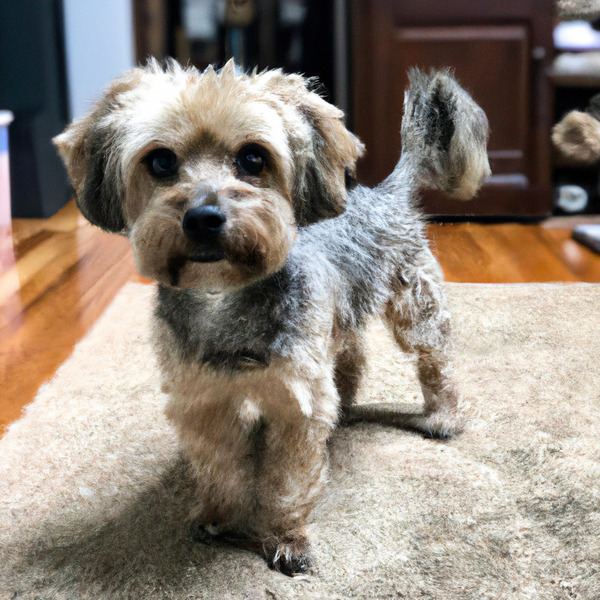
Yorkipoo
Kashon vs Yorkipoo
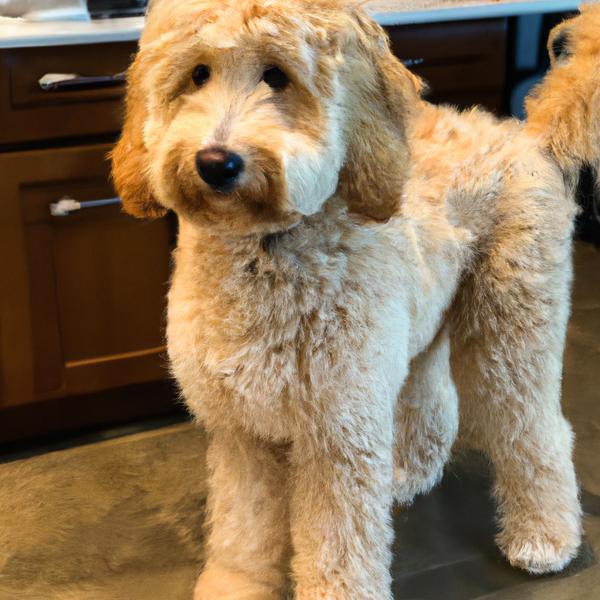
Miniature Goldendoodle
Kashon vs Miniature Goldendoodle
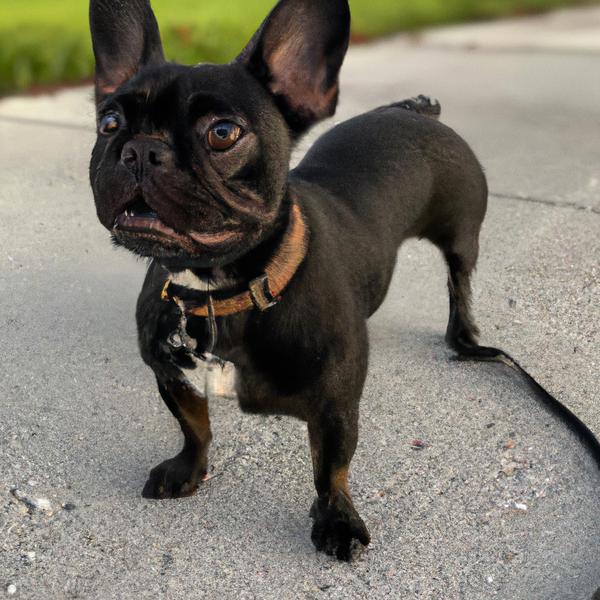
French Bull Weiner
Kashon vs French Bull Weiner
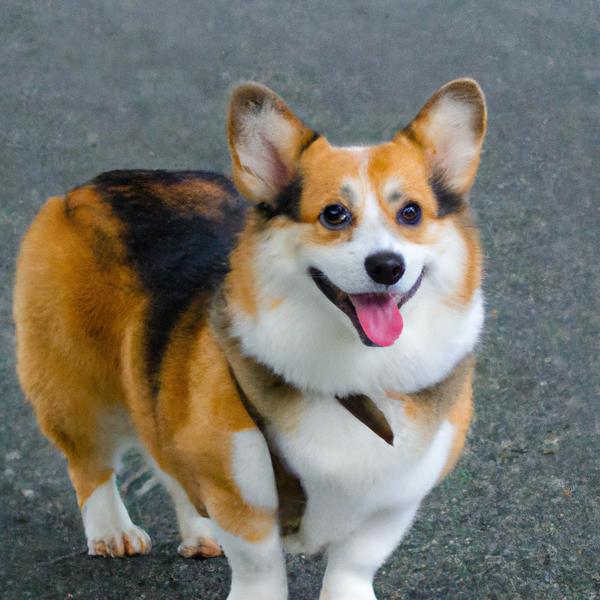
Cava-Corgi
Kashon vs Cava-Corgi

Coton Chin
Kashon vs Coton Chin
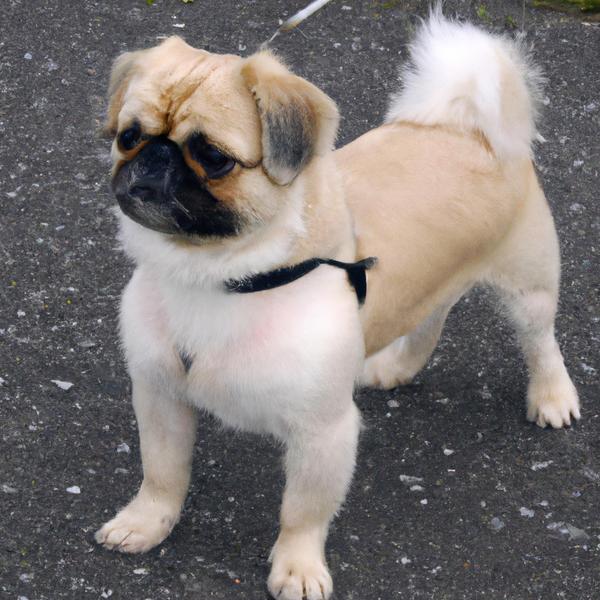
Pug-Coton
Kashon vs Pug-Coton
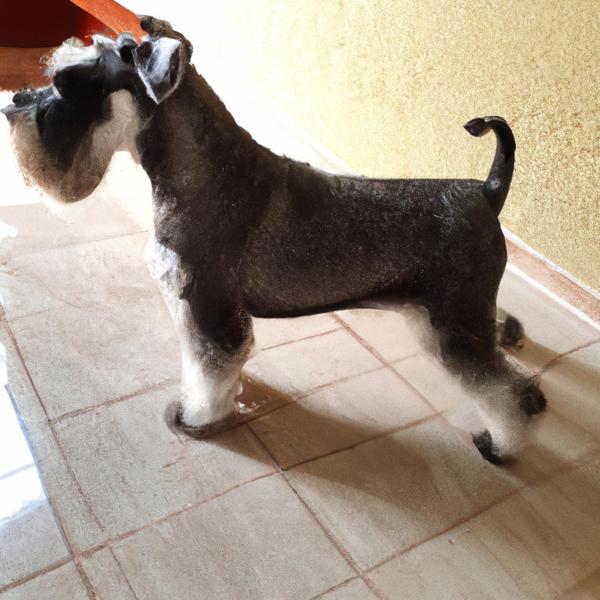
Bulldog Schnauzer
Kashon vs Bulldog Schnauzer

Chimation
Kashon vs Chimation
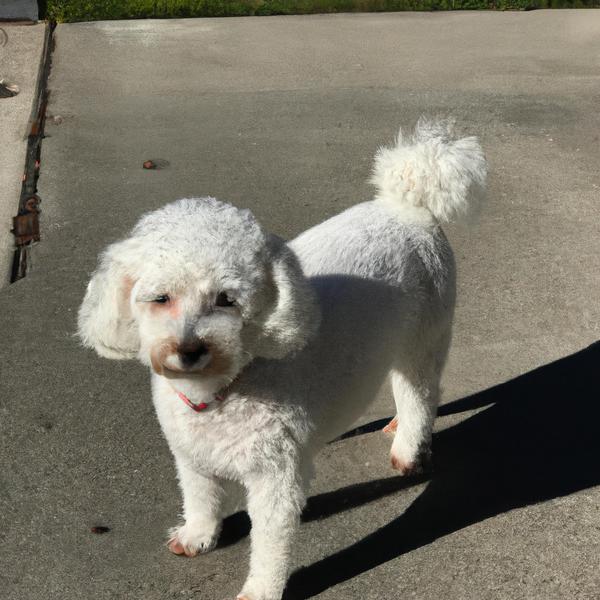
Jackie-Bichon
Kashon vs Jackie-Bichon
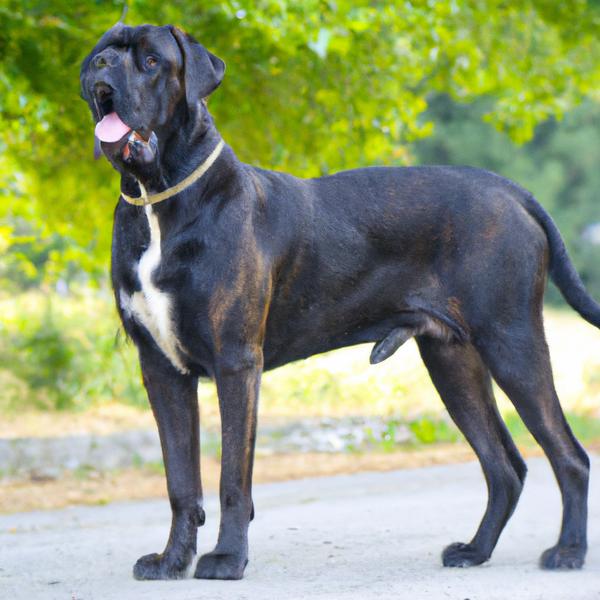
Weltador
Kashon vs Weltador
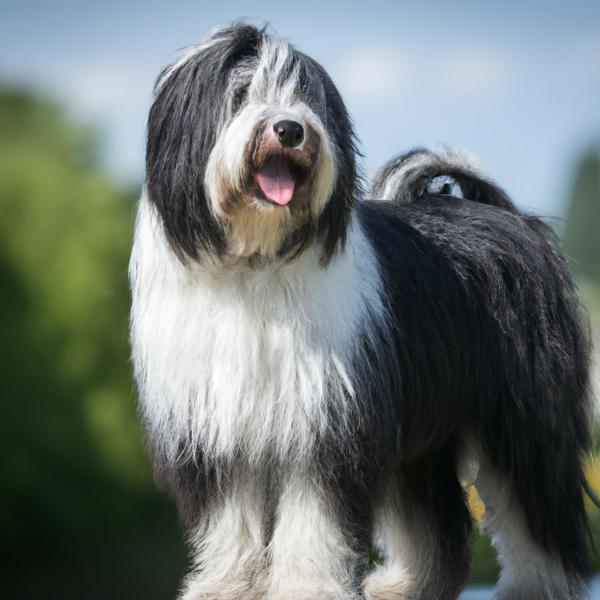
Polish Lowland Sheepdog
Kashon vs Polish Lowland Sheepdog

Mauzer
Kashon vs Mauzer

